Despite our cultural, religious and ethnic differences, it is beautiful how a single holiday, the Fourth of July, connects us all as United States Americans.
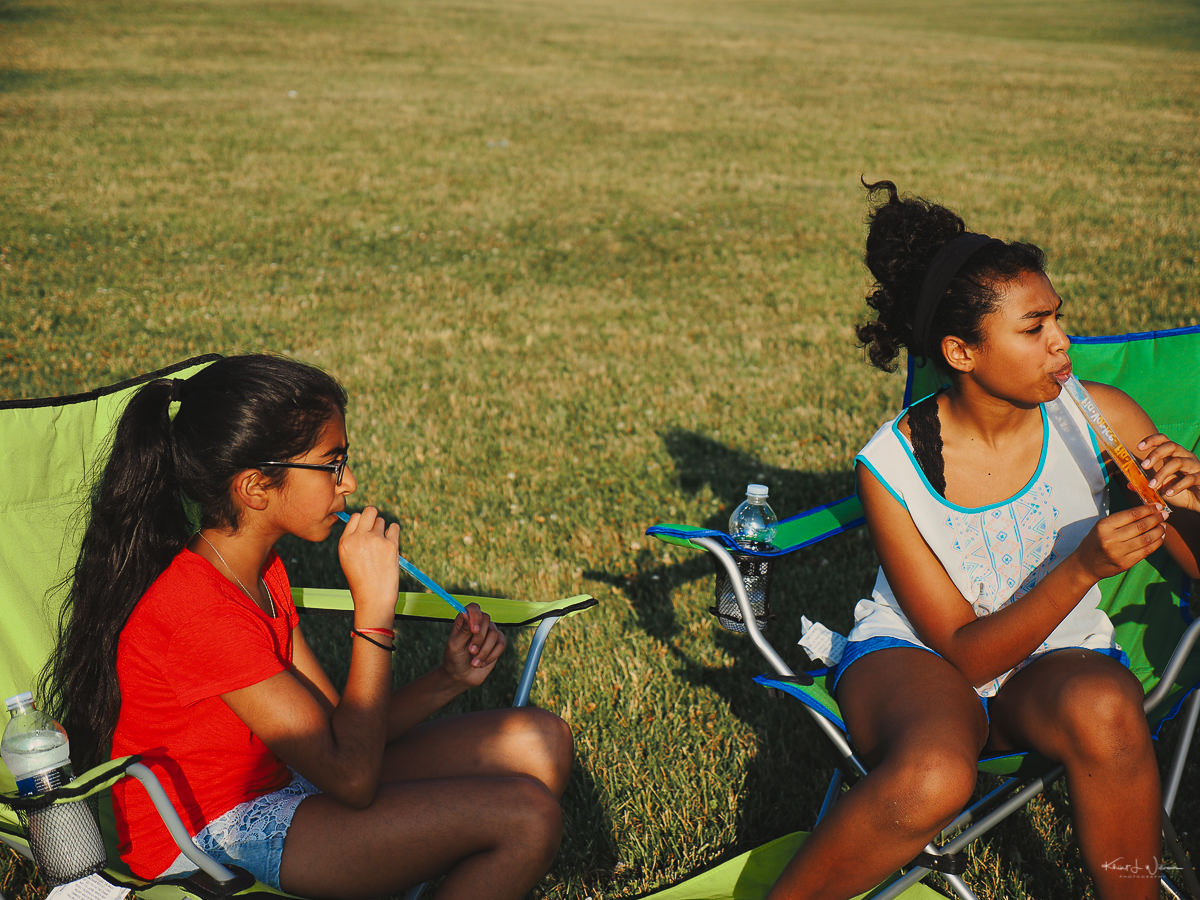
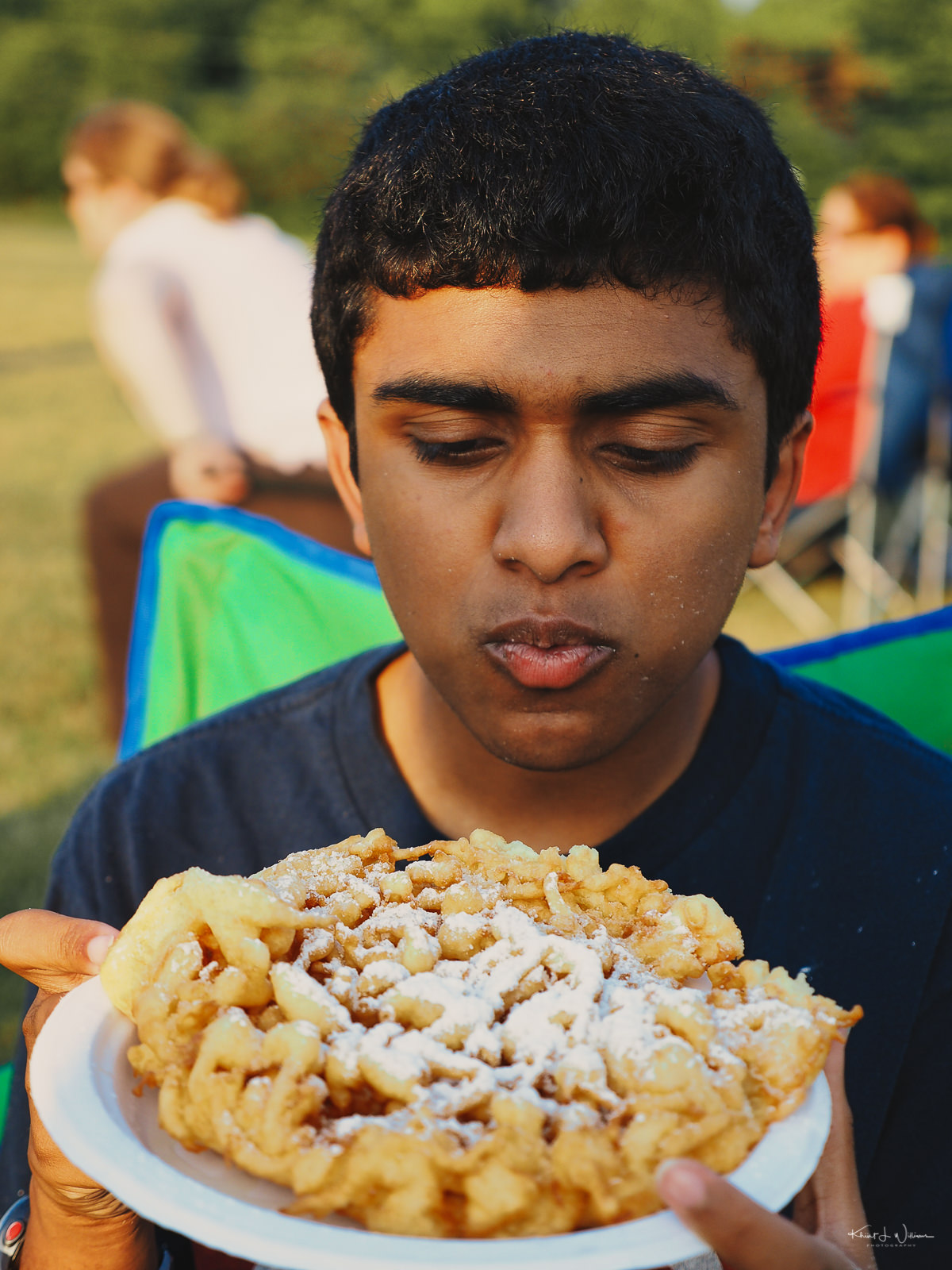
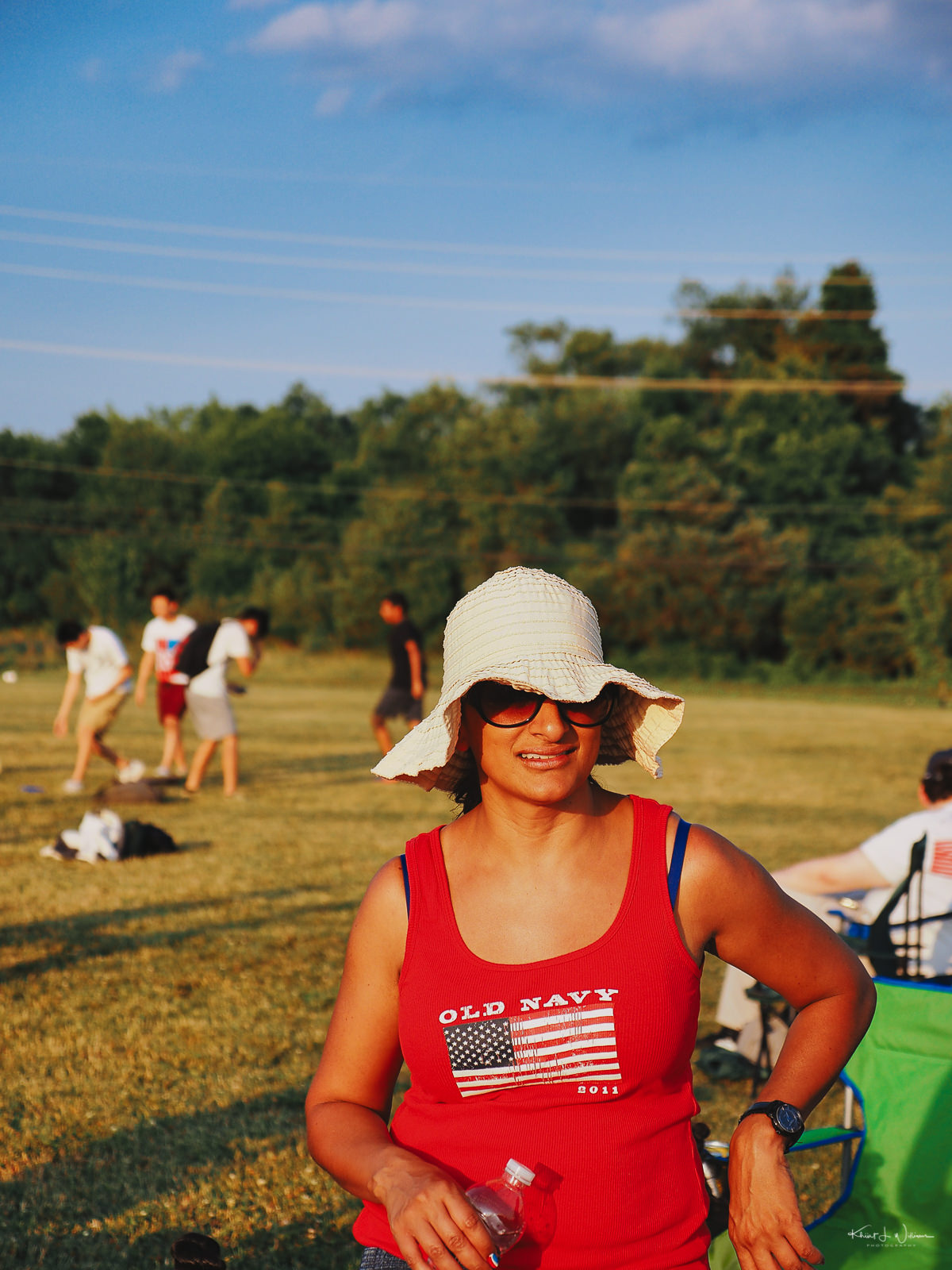
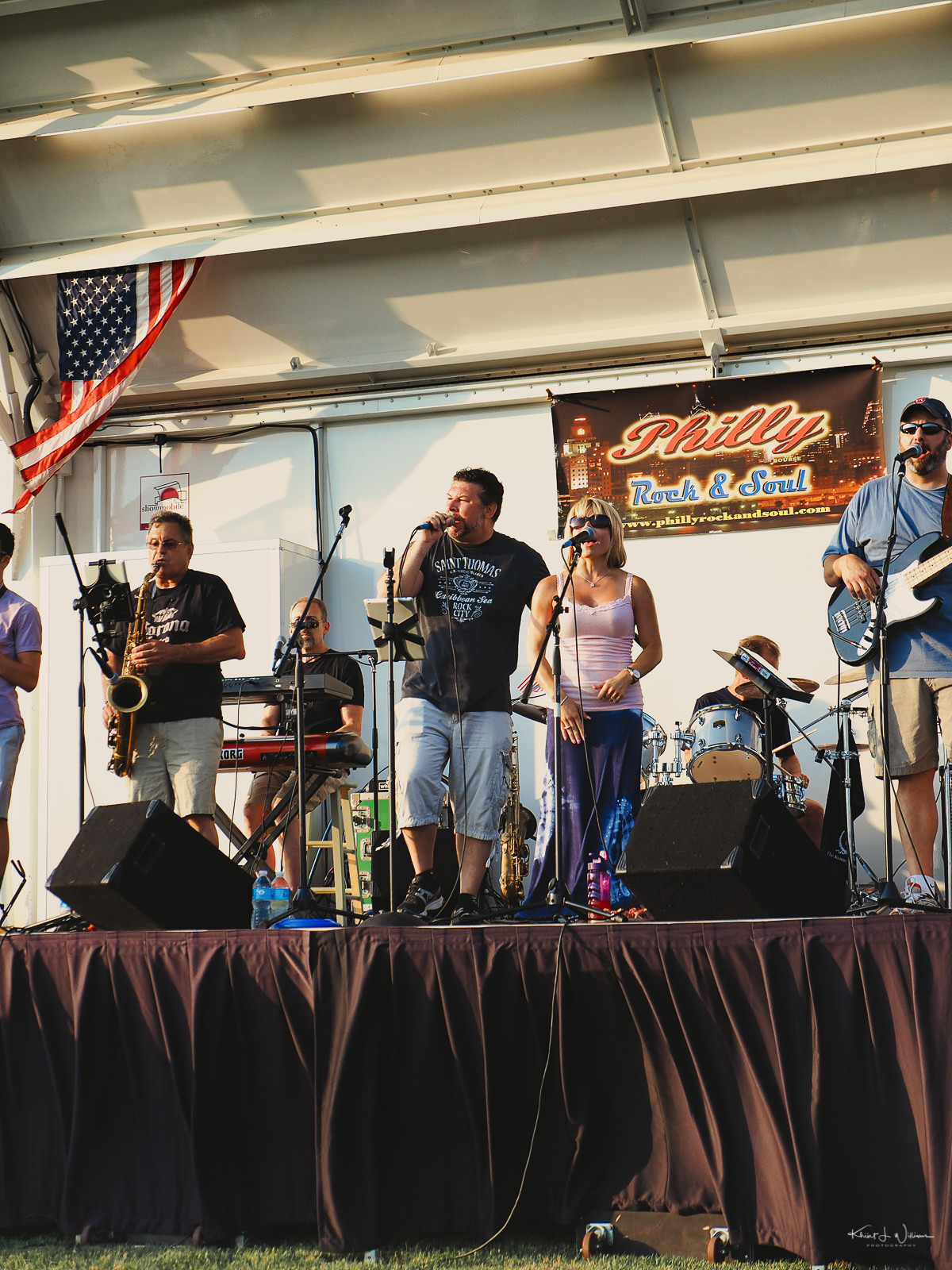
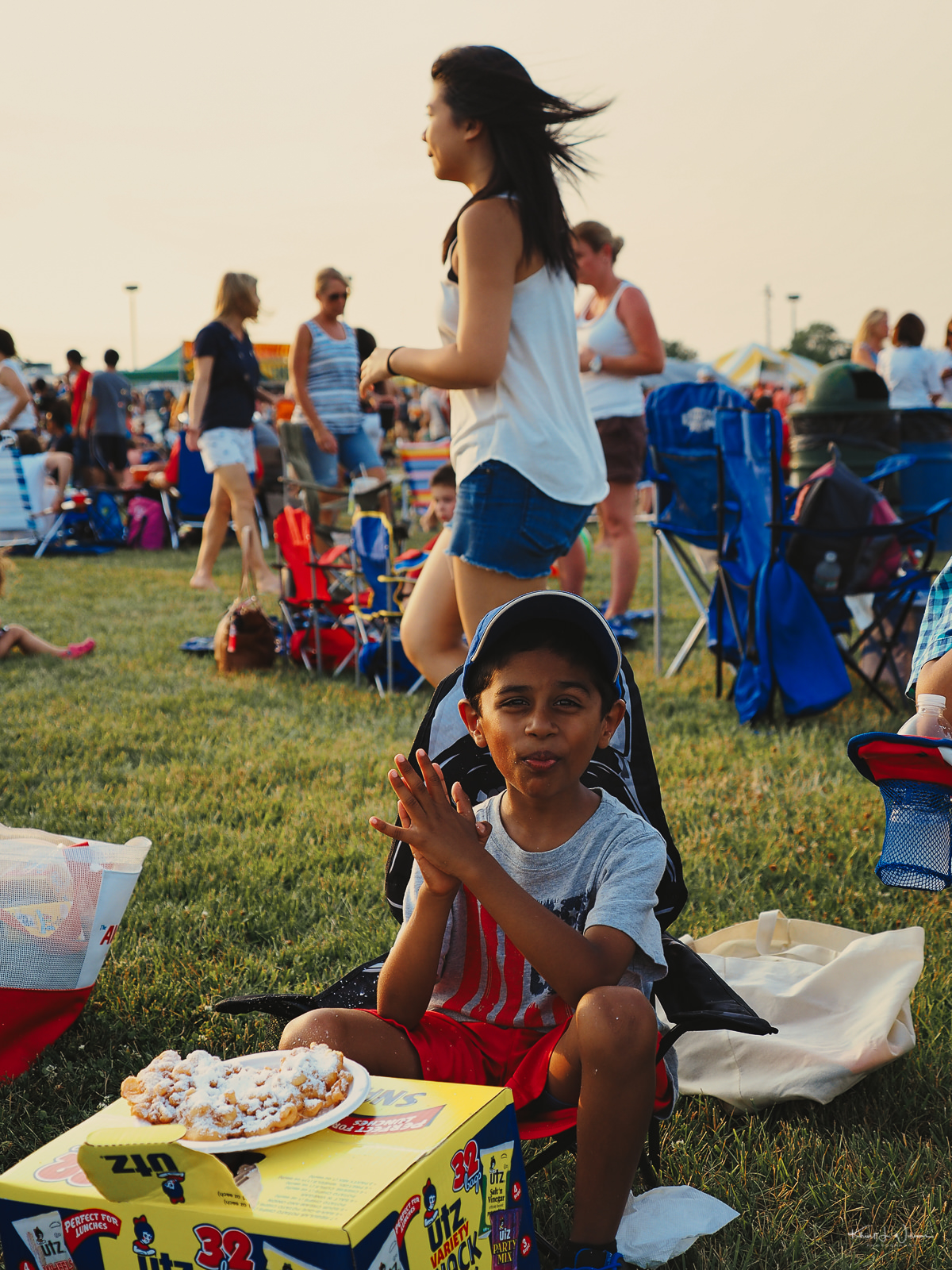
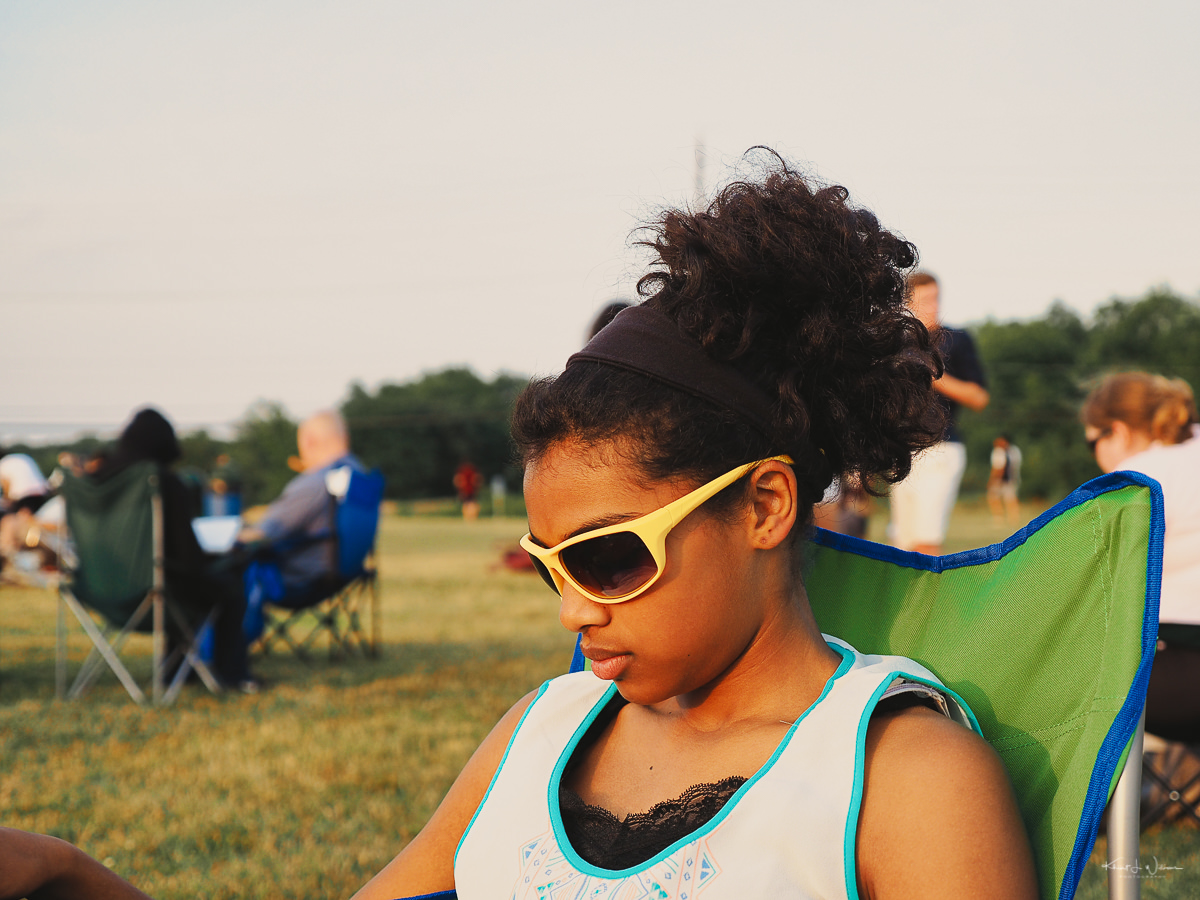
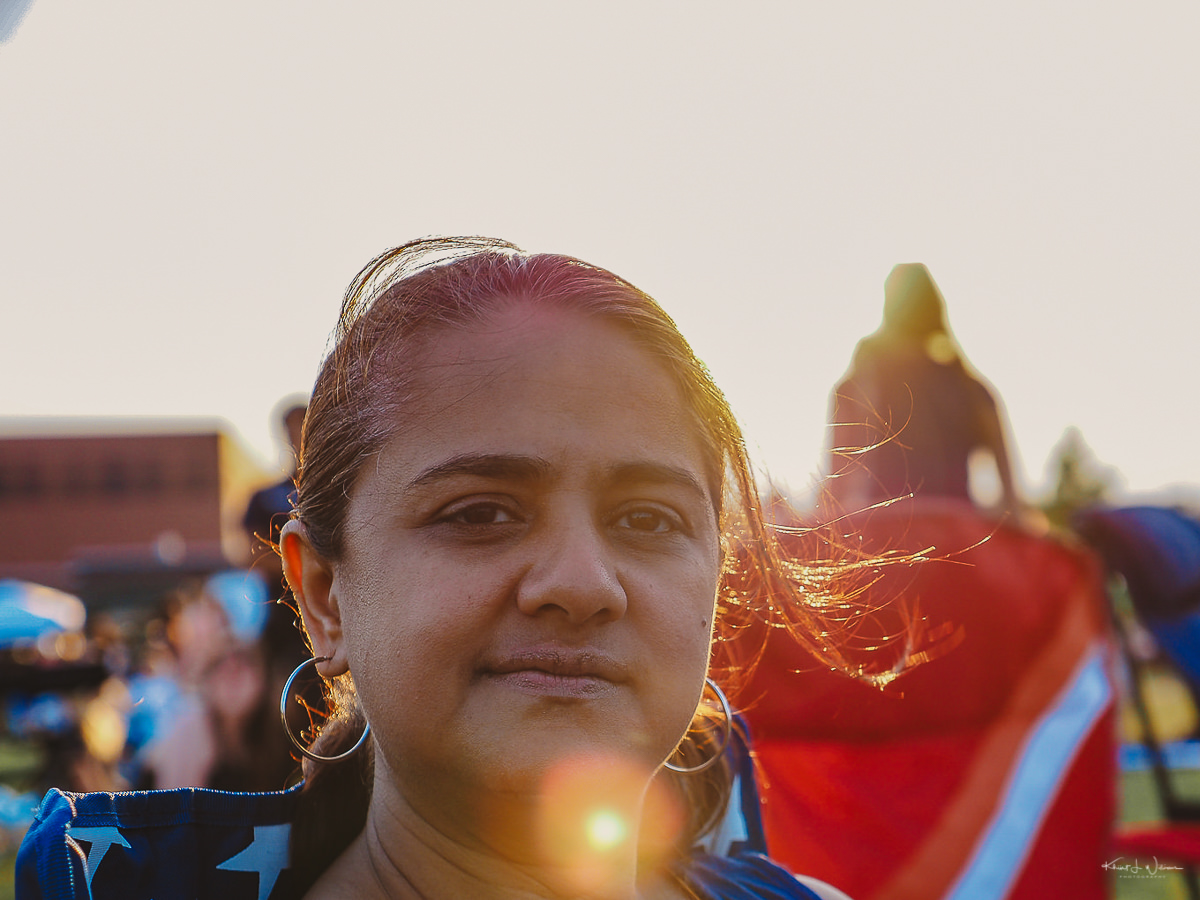
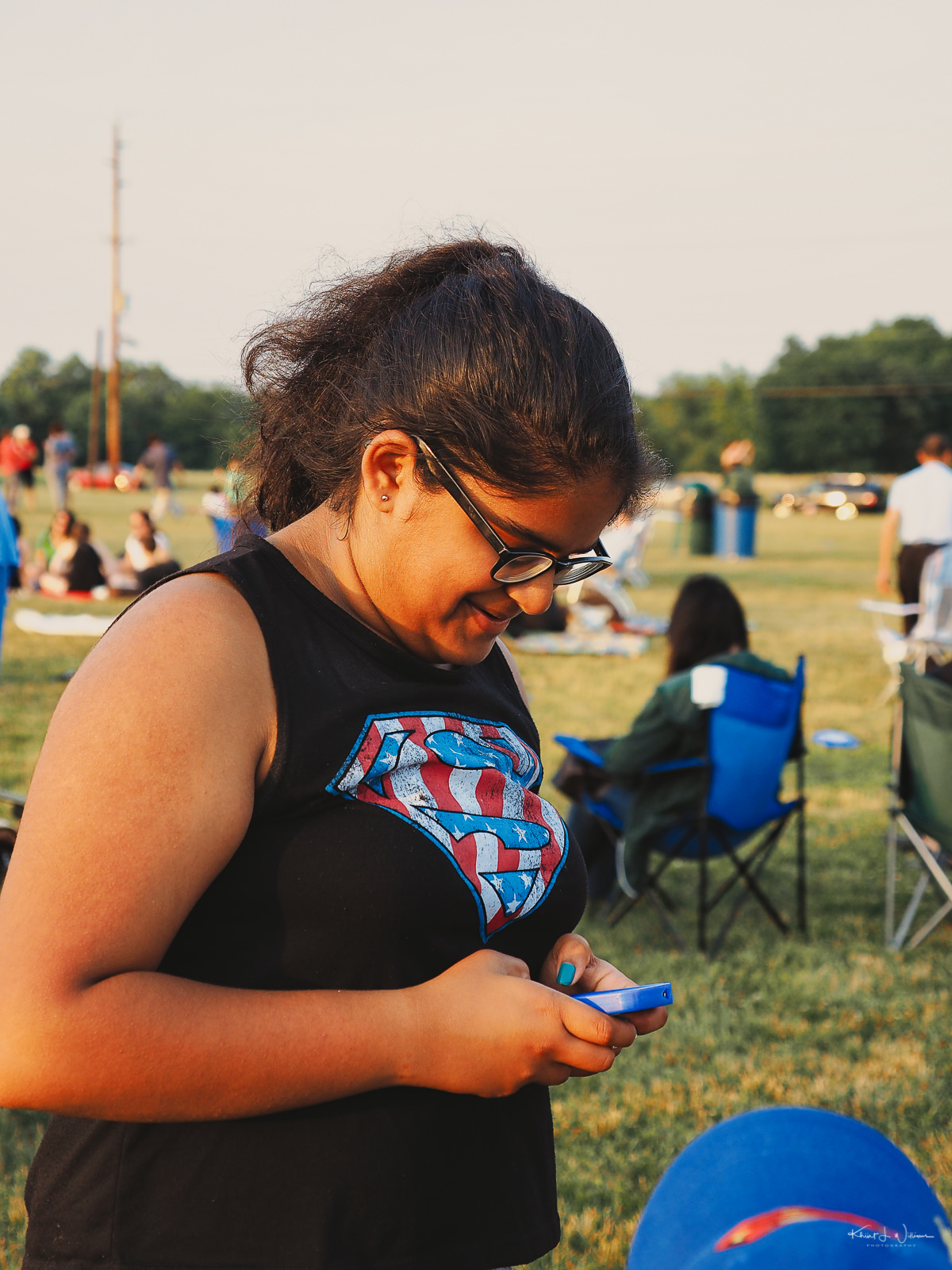
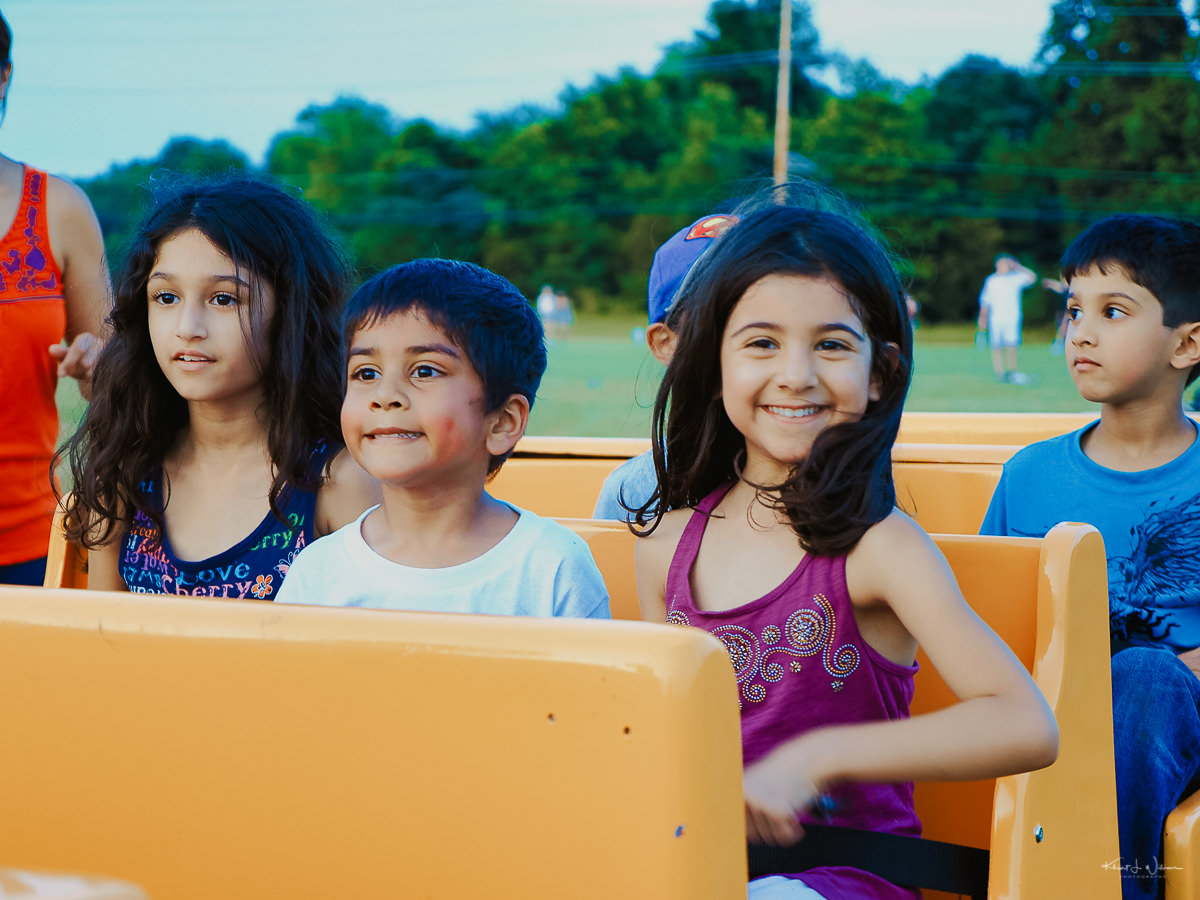

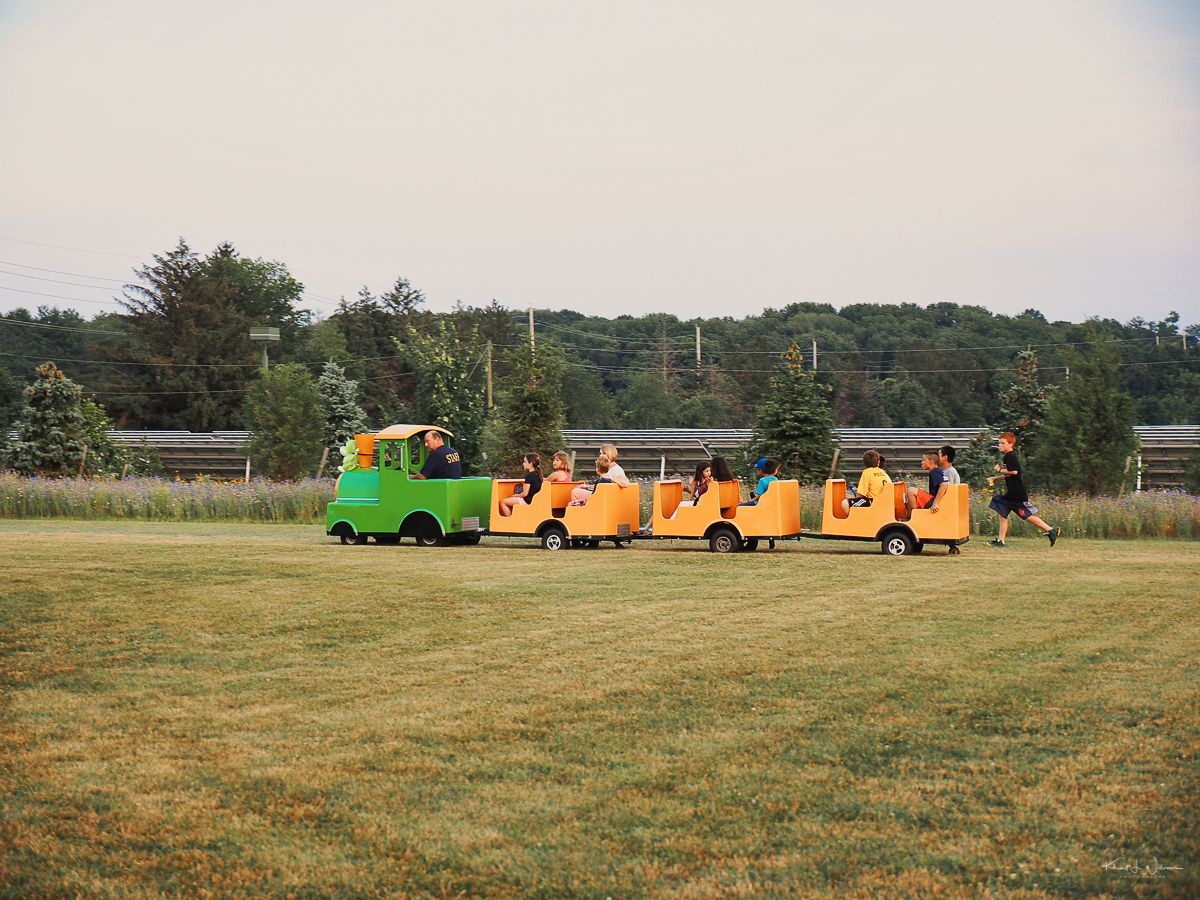
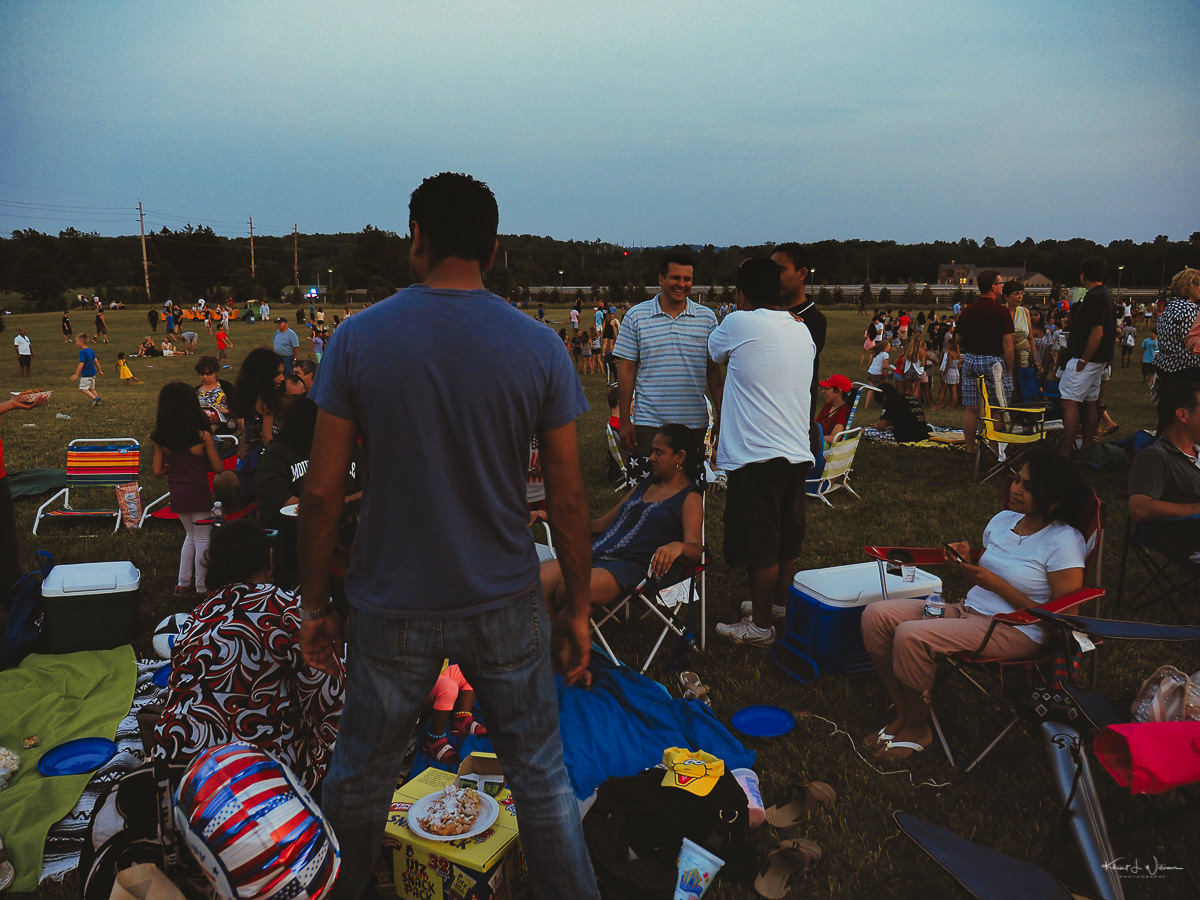
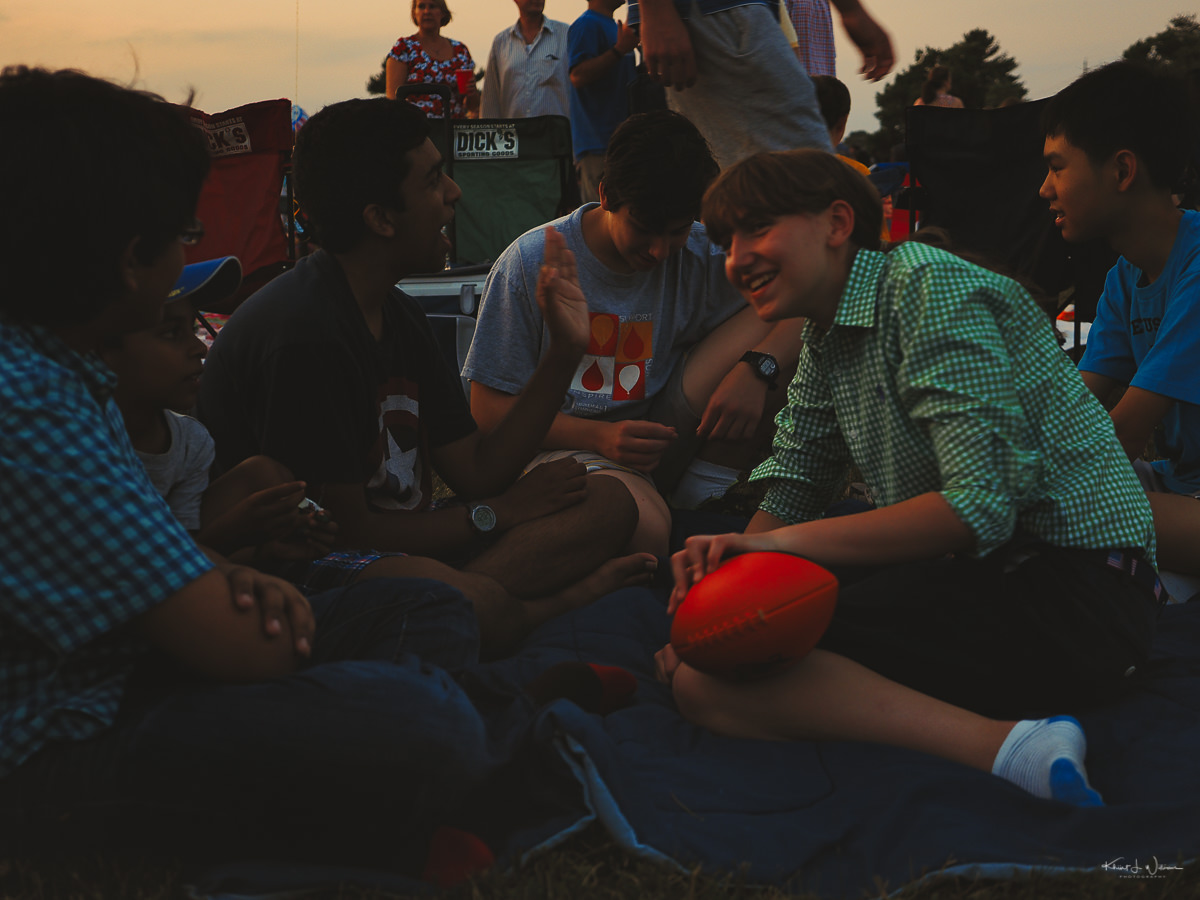
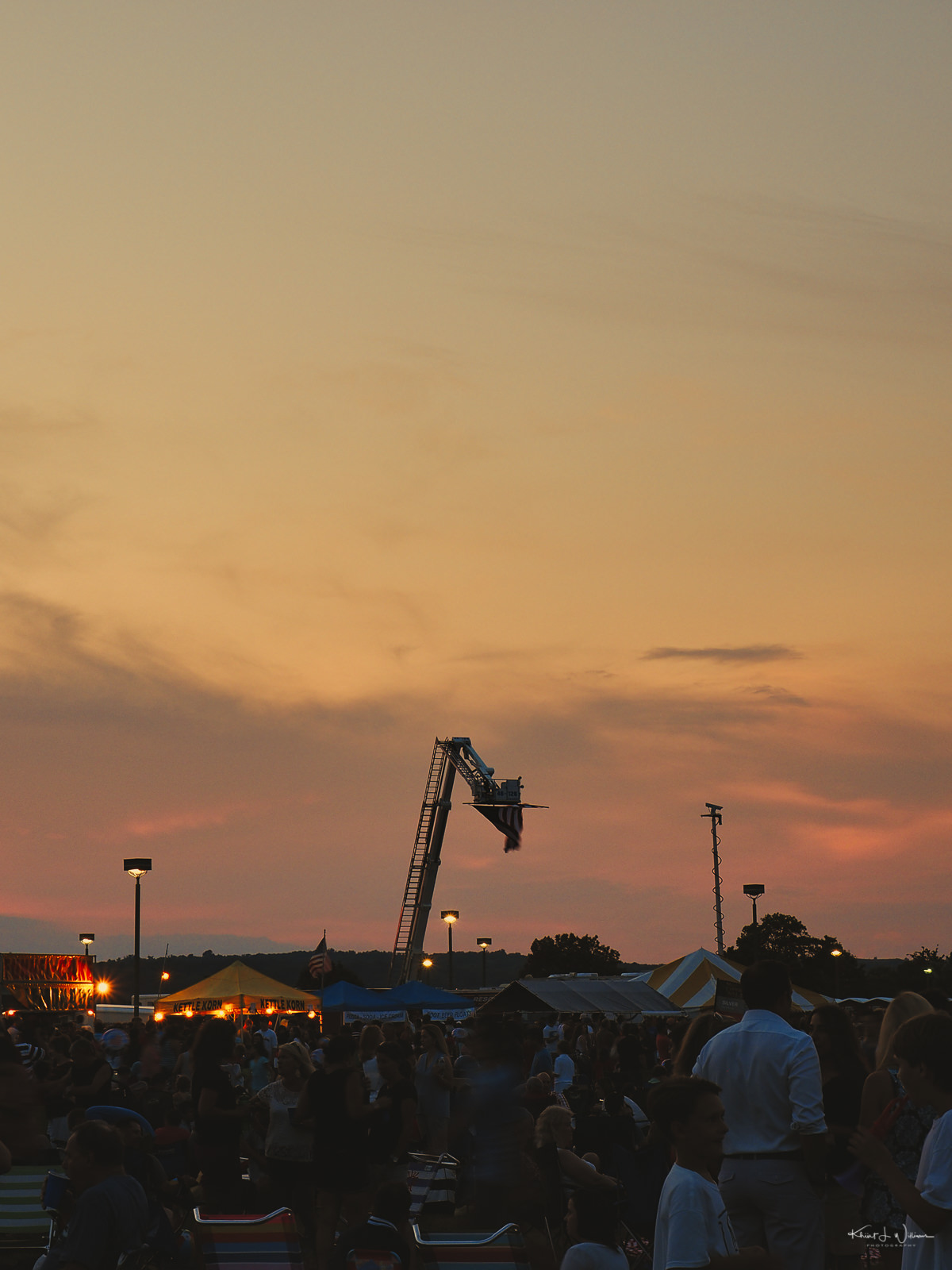
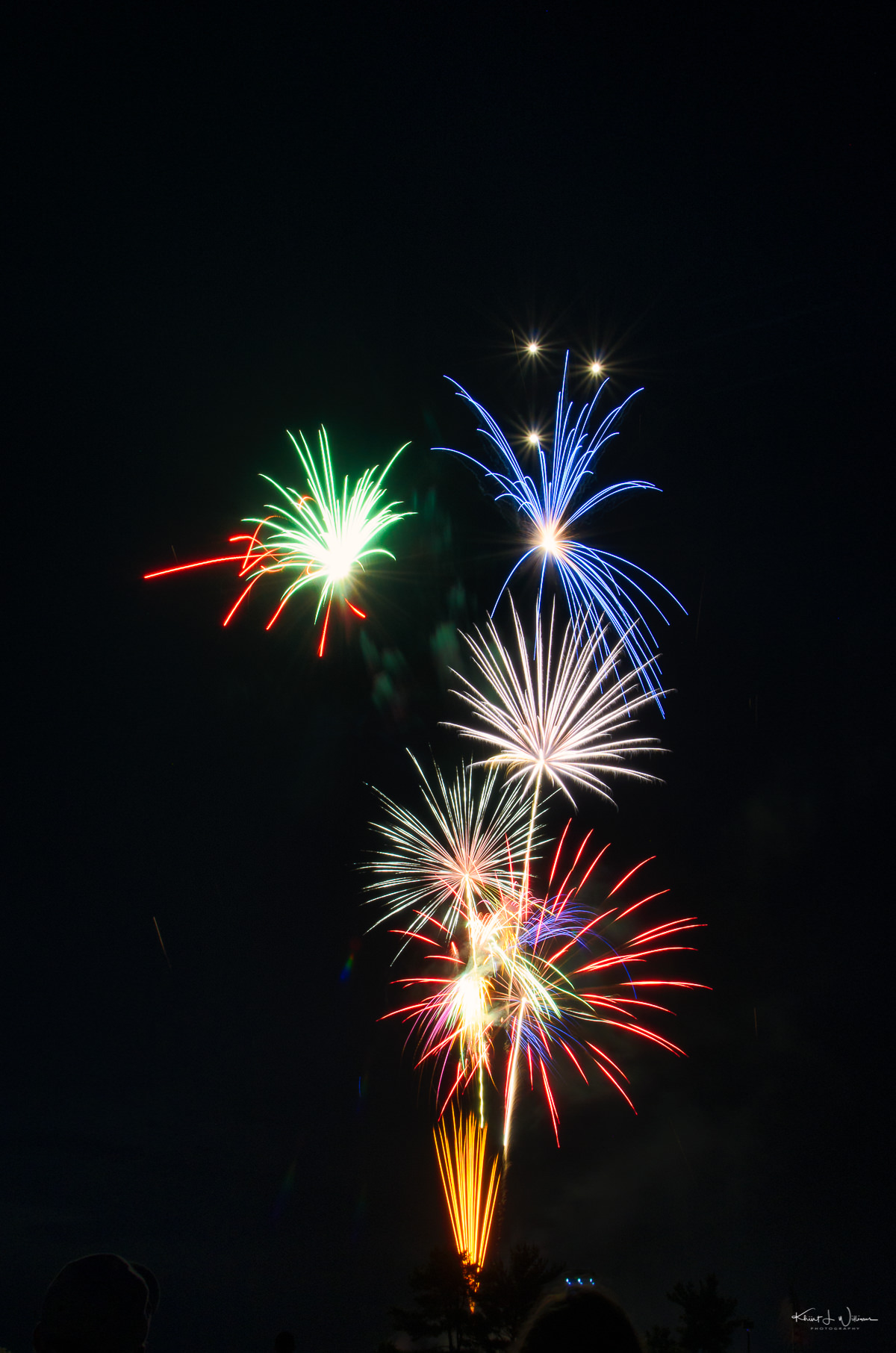
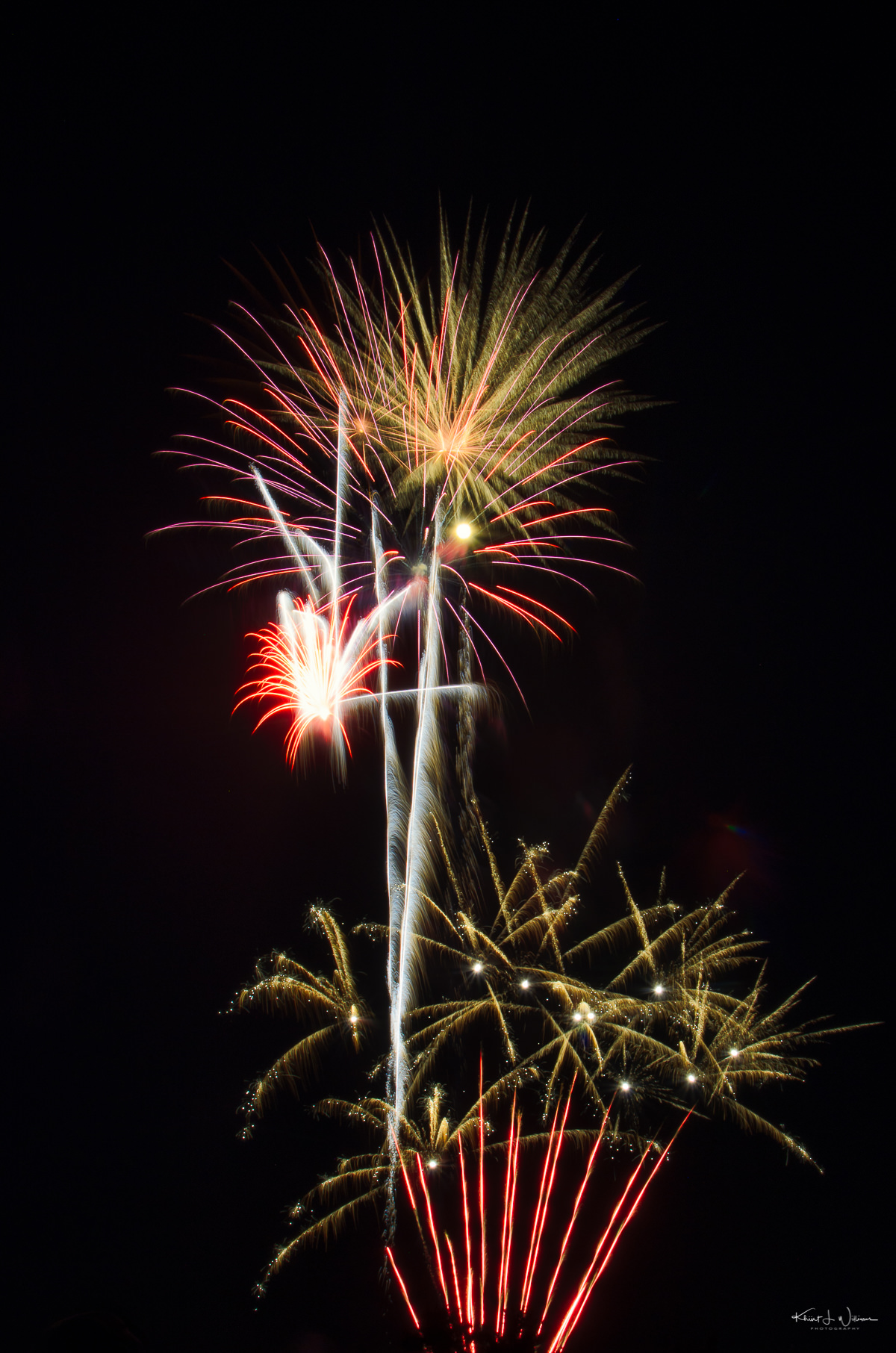
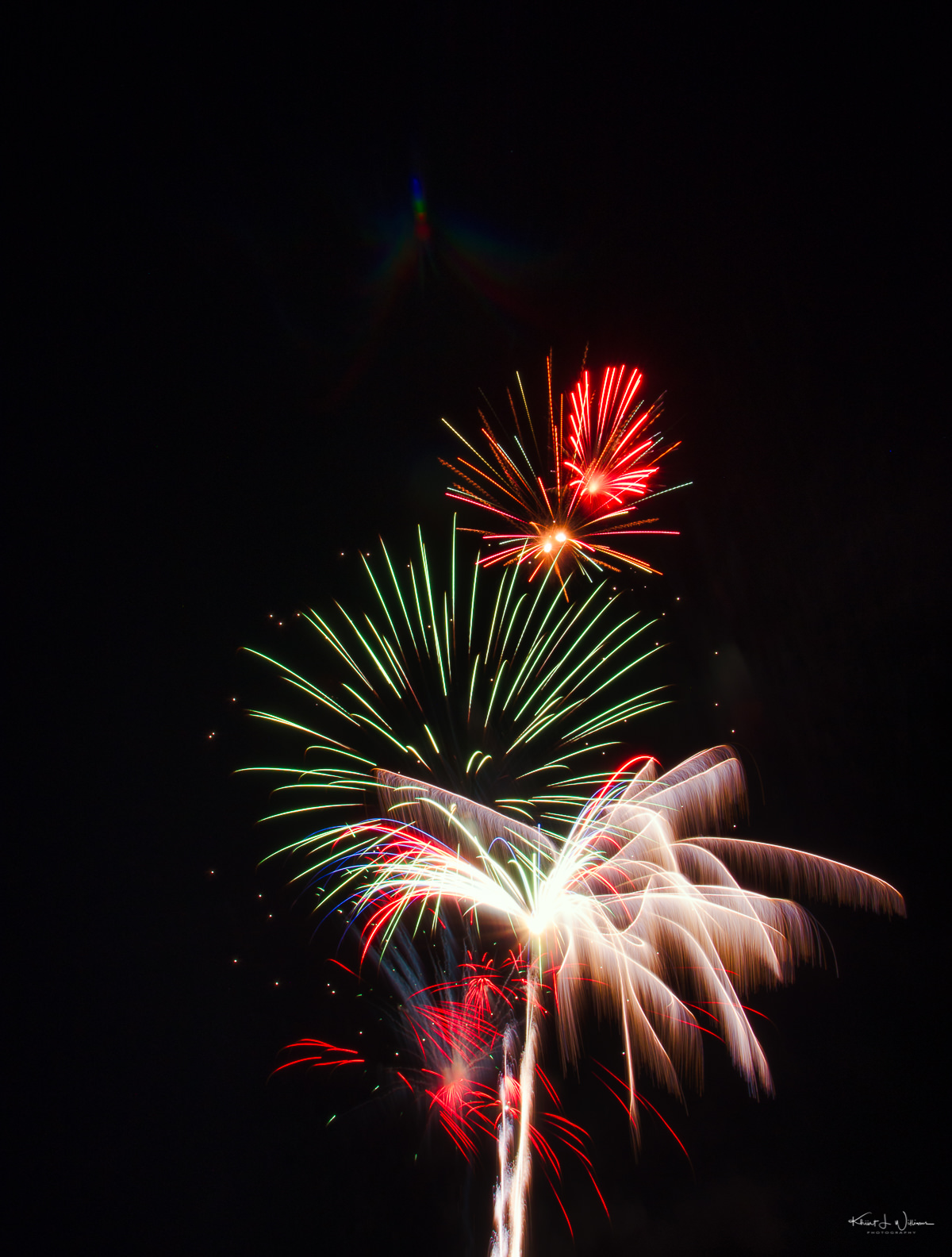
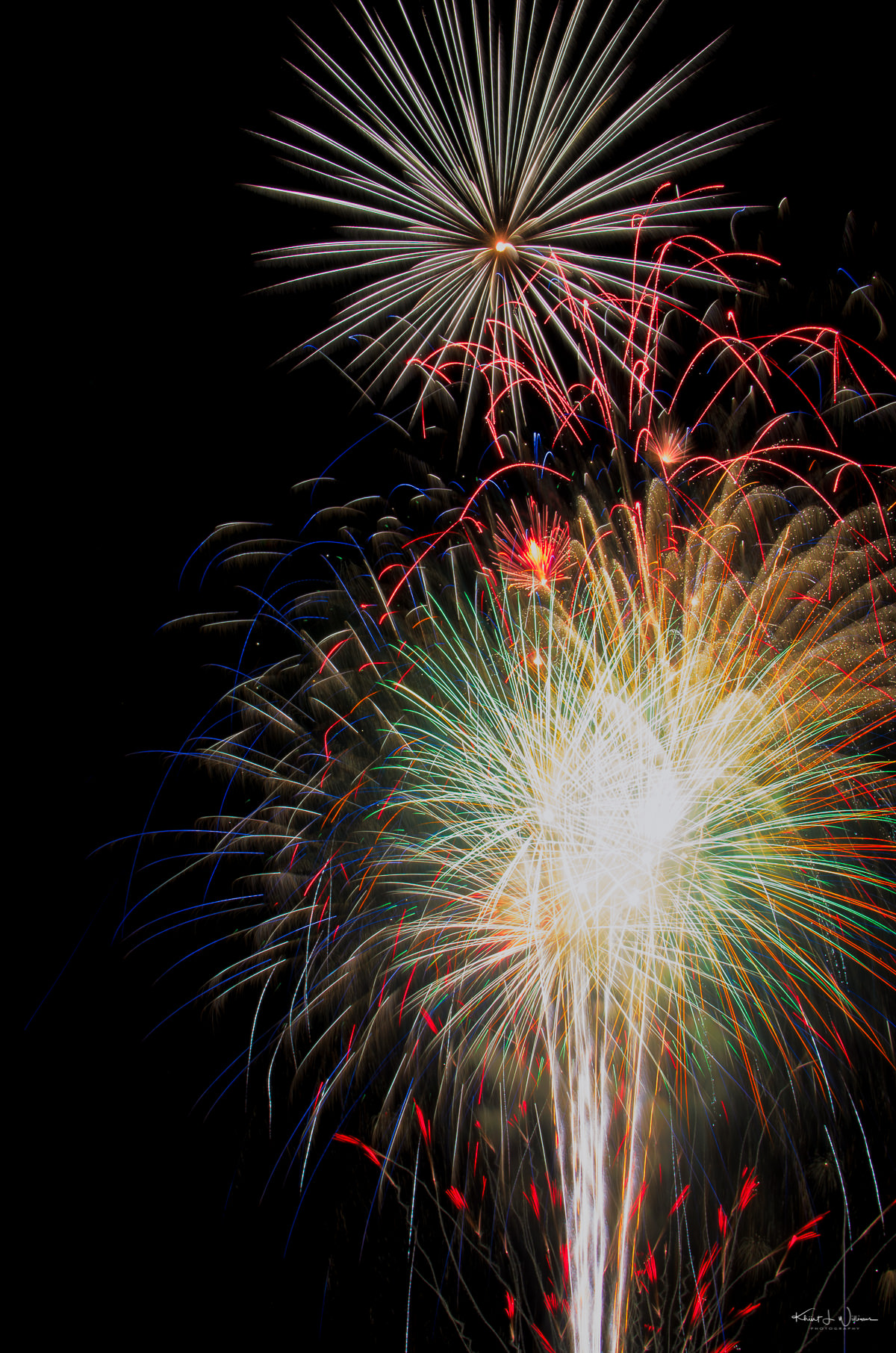
Island in the Net by Khürt Williams
Technology and Photography Musings. Established circa 2000.
Despite our cultural, religious and ethnic differences, it is beautiful how a single holiday, the Fourth of July, connects us all as United States Americans.


















I took advantage of an borrowlenses.com Independence Day deal to rent an Olympus OM-D E-M1 and Lumix G X Vario 12-35mmF2.8 II ASPH zoom lens (Equivalent to 24-70mm). Starting July 1st, over 6 days, I used the camera and lens in various situations. I loved the kit and didn't want to send it back. It took photos that looked excellent on a computer screen, but still, something felt lacking.
I had intended to use the kit to shoot some fireworks photos but, in a rush, didn't read the manual. In my defence, I received the package from FedEx that same night. However, I didn't get the OM-D E-M1 to pair with my iPhone via Wi-Fi and opted to shoot fireworks on my Nikon.
I did get a few late evening photos of the open fields and my family, which was a good test of the low-light ability of the Olympus OM-D E-M1. As you can see, the camera performed admirably.

Since I had the camera the week, I got to experiment with the various features and menus. The E-M1 has an overwhelming number of menu options. It seemed daunting at first, but the different on-camera prompts helped me find my way through them. Unlike the Fujifilm X-T1, which has a lot of manual control knobs, the E-M1 is more like my Nikon. Changing camera settings required me to stare at the read LCD while turning a camera dial. I don't think it's a failing of the E-M1. This is how many DSLR cameras work. But I like the knobs and dials of the Fujifilm X-T1 more.
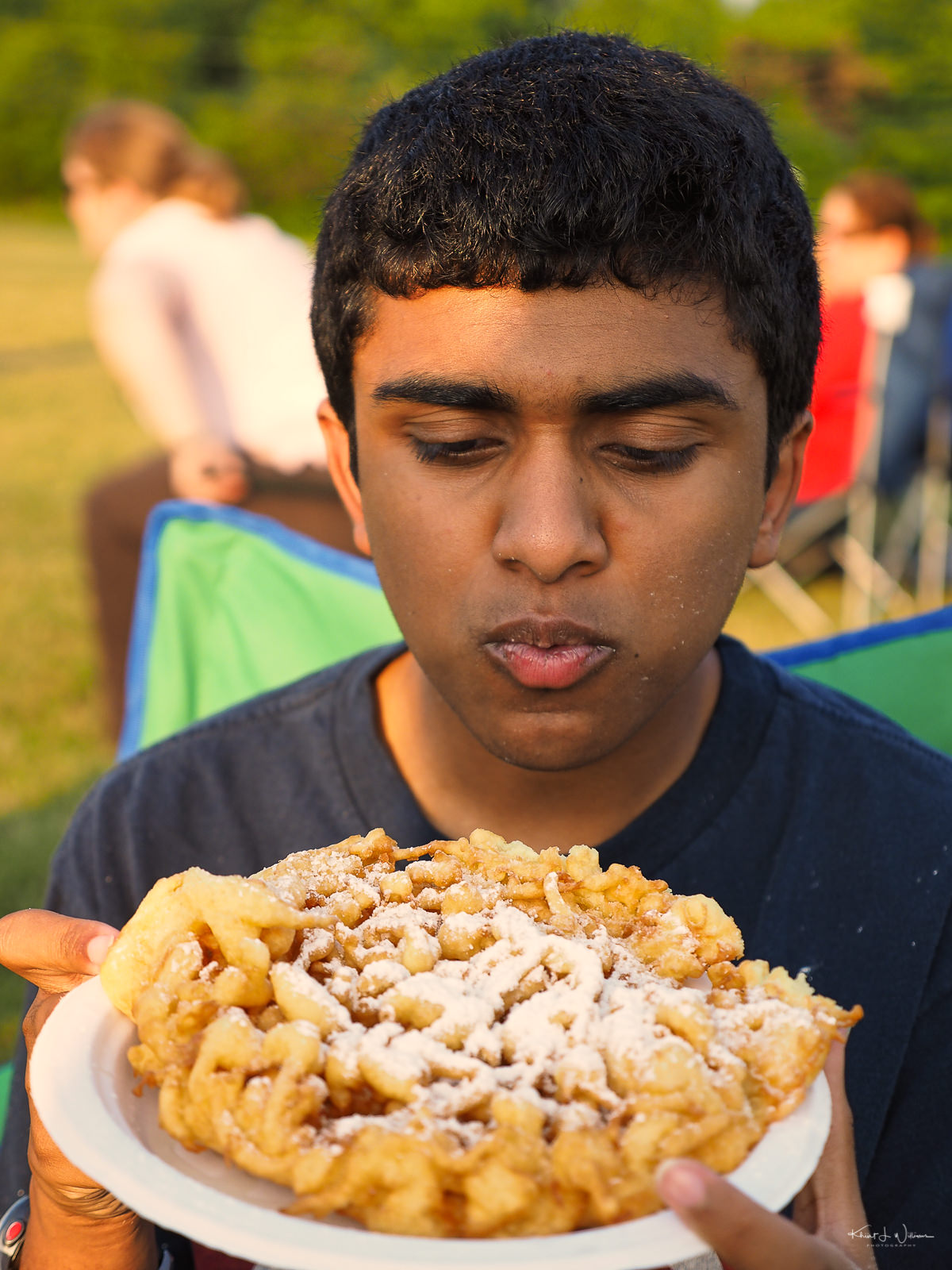
I had a chance to shoot flowers, food, and people during the six days. The 12-35 mm µ 4⁄3 lens present the same field of view as a 24-70mm lens on a 35mm FF camera. The 12mm focal length is wide enough for capturing landscapes, cityscapes and groups photos, with the 35mm focal size sufficient for portrait shots.
The lens and the camera took excellent shots, but I was not too fond of the background blur quality (bokeh). Something didn't look right.
I experimented with the focus peaking mode. The results were mixed, but I think the failure was in my skill, not the camera. If I had more time with the camera, I think I could get better at it.
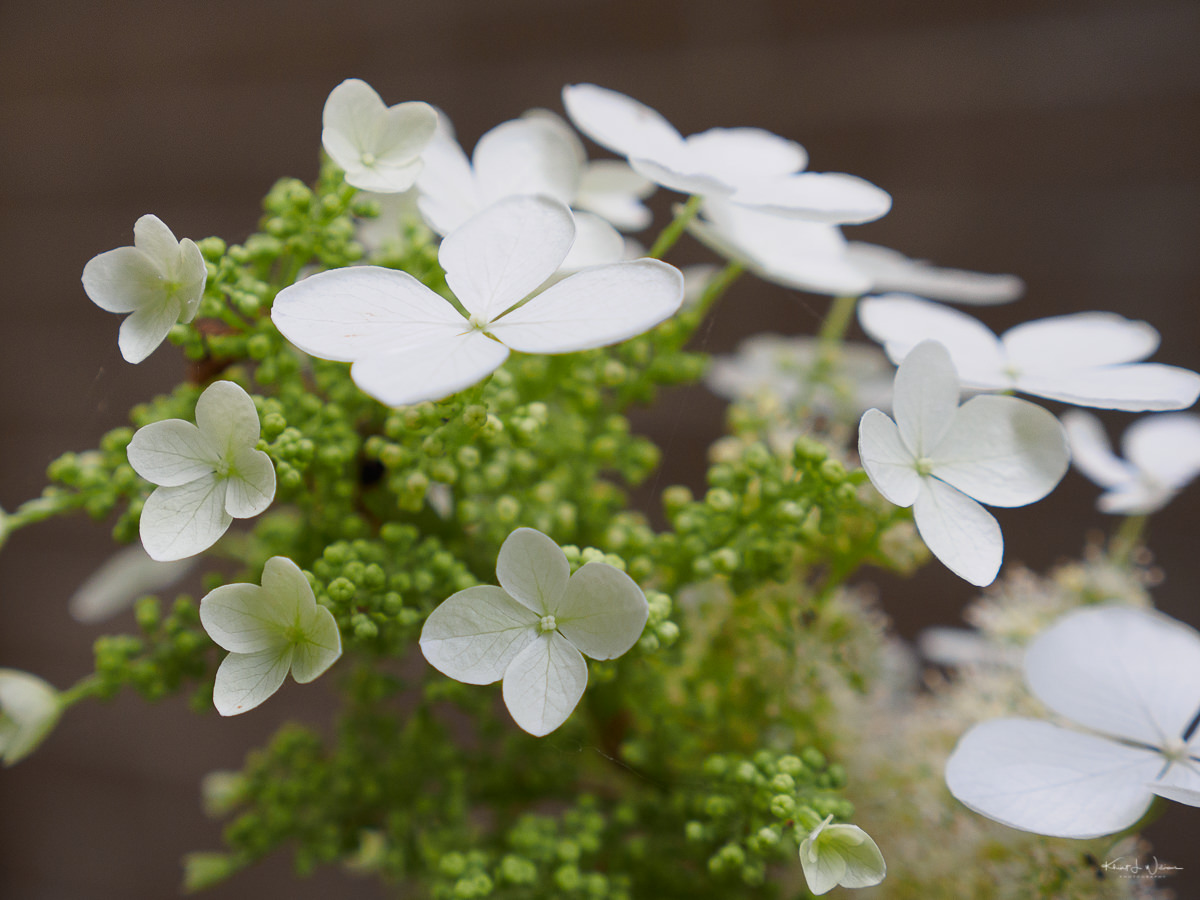
Most of the reviews about mirrorless cameras complain that auto-focus isn't quite up to par with a DSLR. While there is some truth to that, I think most of the criticism is hogwash. I used the continuous autofocus mode with object tracking and was able to nail action shots just fine. I didn't test the camera in high-speed sports situations. Still, in my experience, for most consumers, the camera will perform well.
These are action shots of my kids having fun at the Community Park Pool in Princeton.
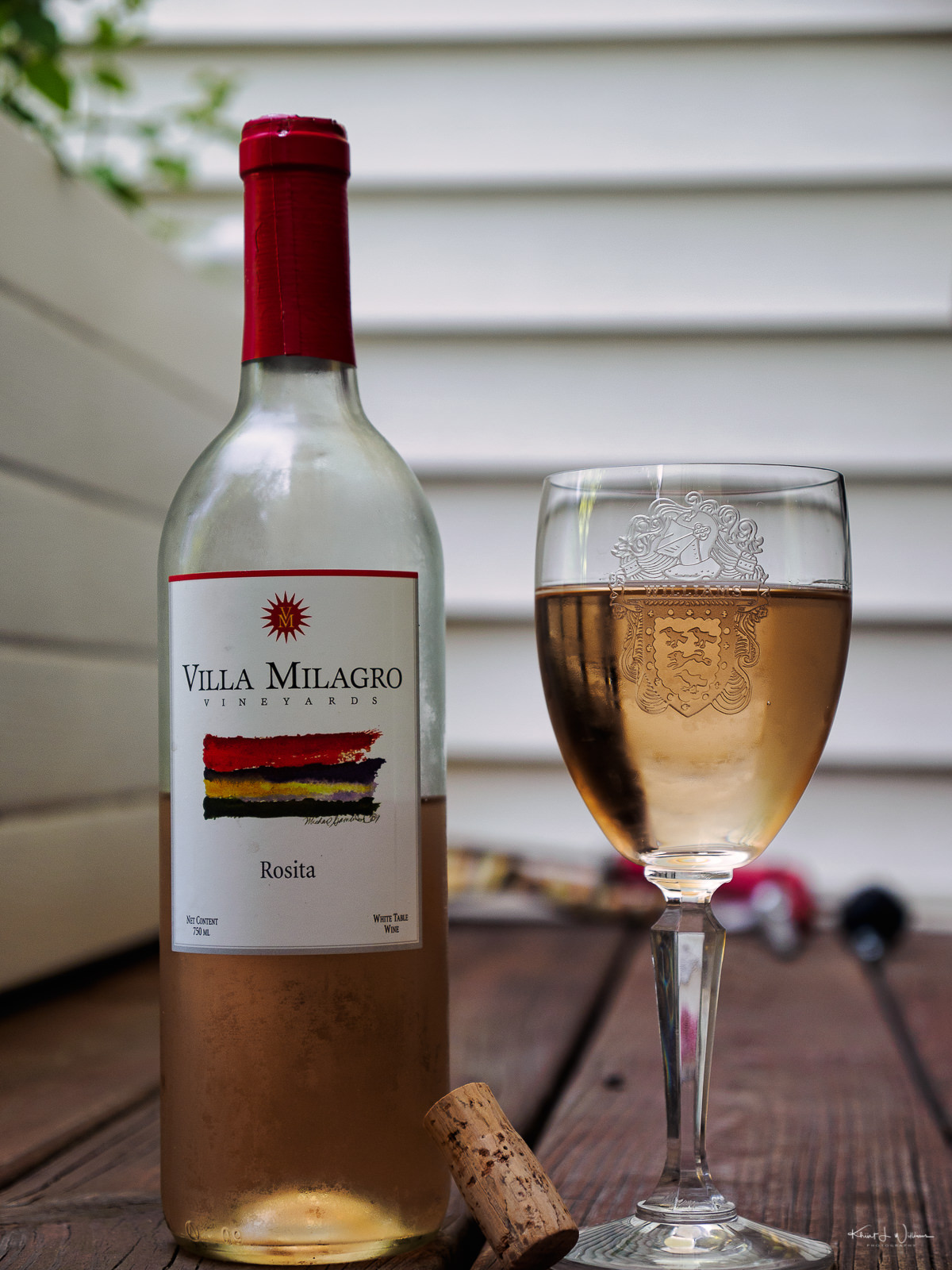
As I mentioned, the bokeh was not attractive.
As with the Fujifilm X-T1, the Olympus OM-D E-M1 has built-in Wi-Fi and iOS software. Using the Olympus Image Share app, I connected the E-M1 to my iPhone. I was able to control the E-M1, snap some photos, and download images to my iPhone (or iPad). I don't recall the details, but I feel the Fujifilm app was easier to set up and use, especially when it came to geotagging.
I think all new DSLRs must include a Wi-Fi option. I loved taking photos, downloading to my iPhone, making slight adjustments in Photogene, and sharing them on social media. With my Nikon D5100, I use an Eye-Fi Mobi card to do the same trick but having it built-in to the camera means I can use any SD card brand and use cards with a higher capacity.
In my opinion, the OM-D E-M1 is a capable camera. Still, the entire kit gets quite expensive with the Lumix G X Vario 12-35mmF2.8 II ASPH zoom lens. More expensive than the X-T1 with a similar lens. The X-T1 body is slightly smaller and lighter (without a lens) and, in my opinion, produces better results. However, the E-M1 would be on my primary camera if I owned micro 4⁄3 lenses.
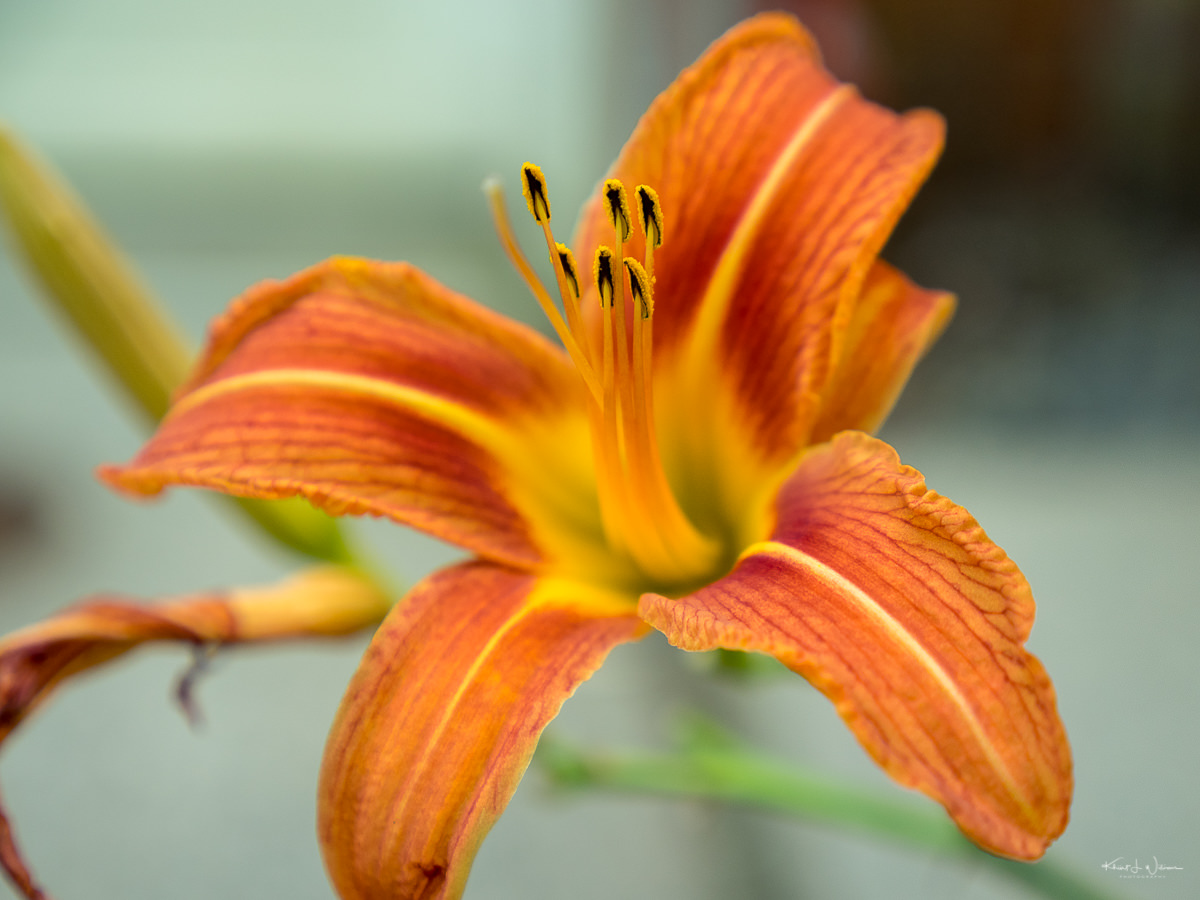



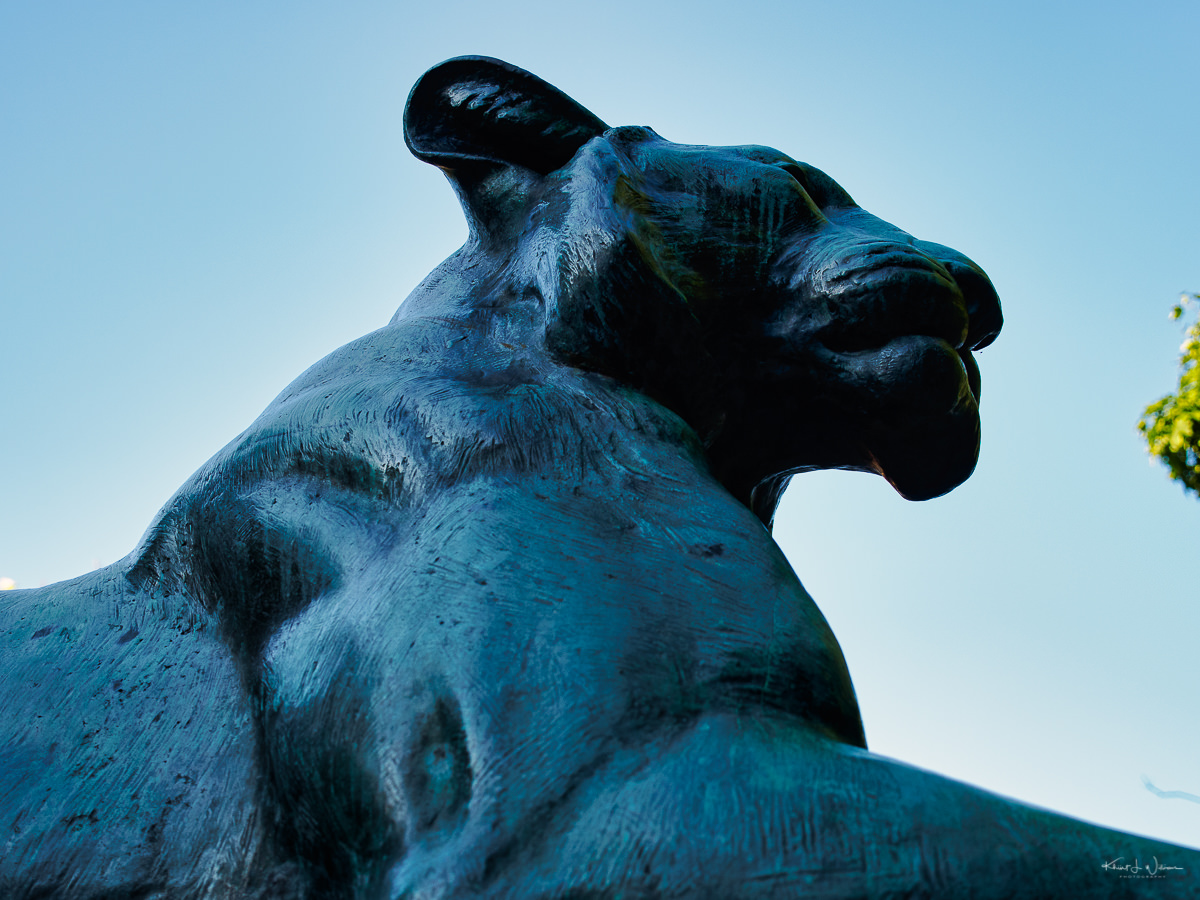
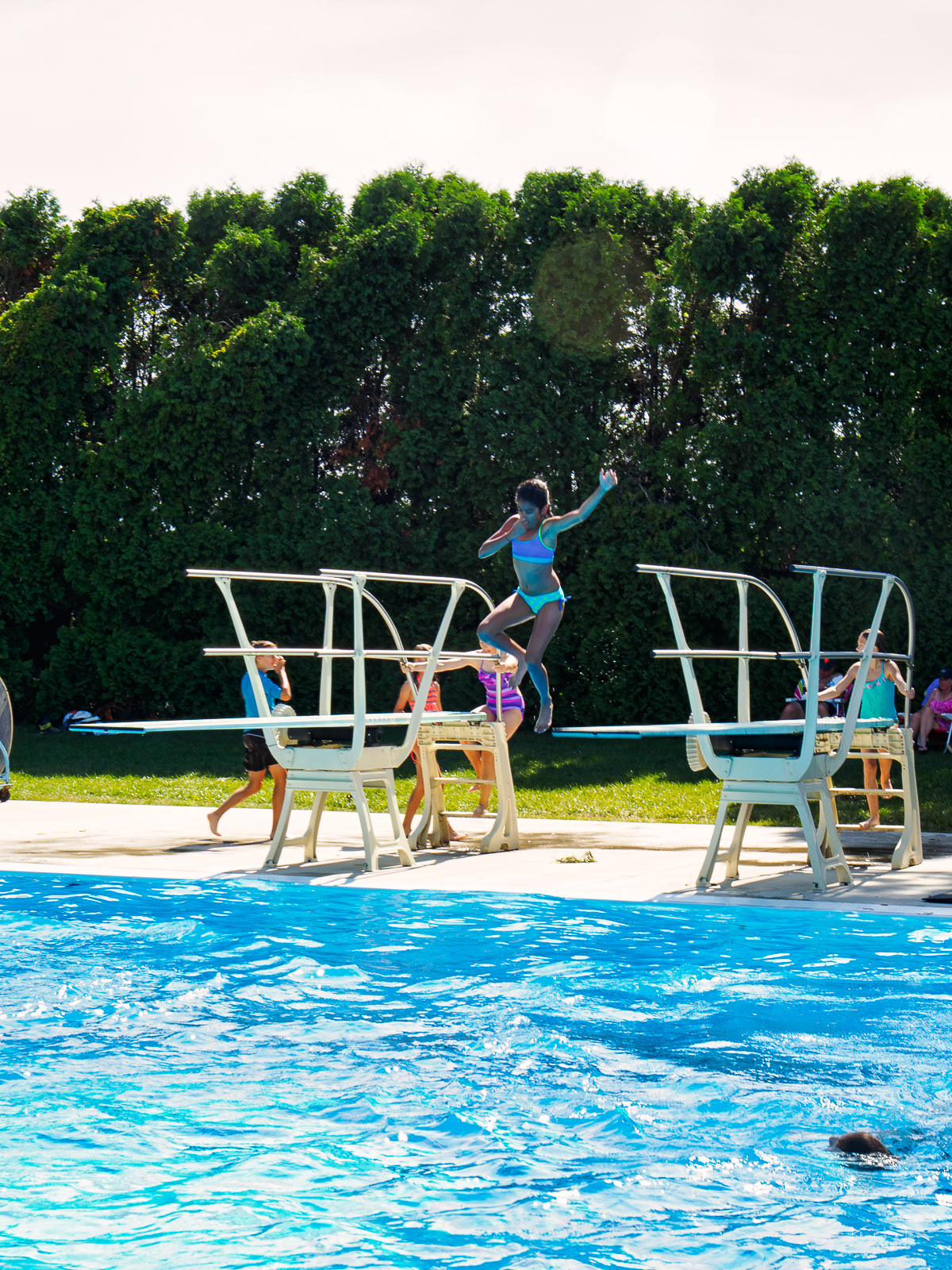
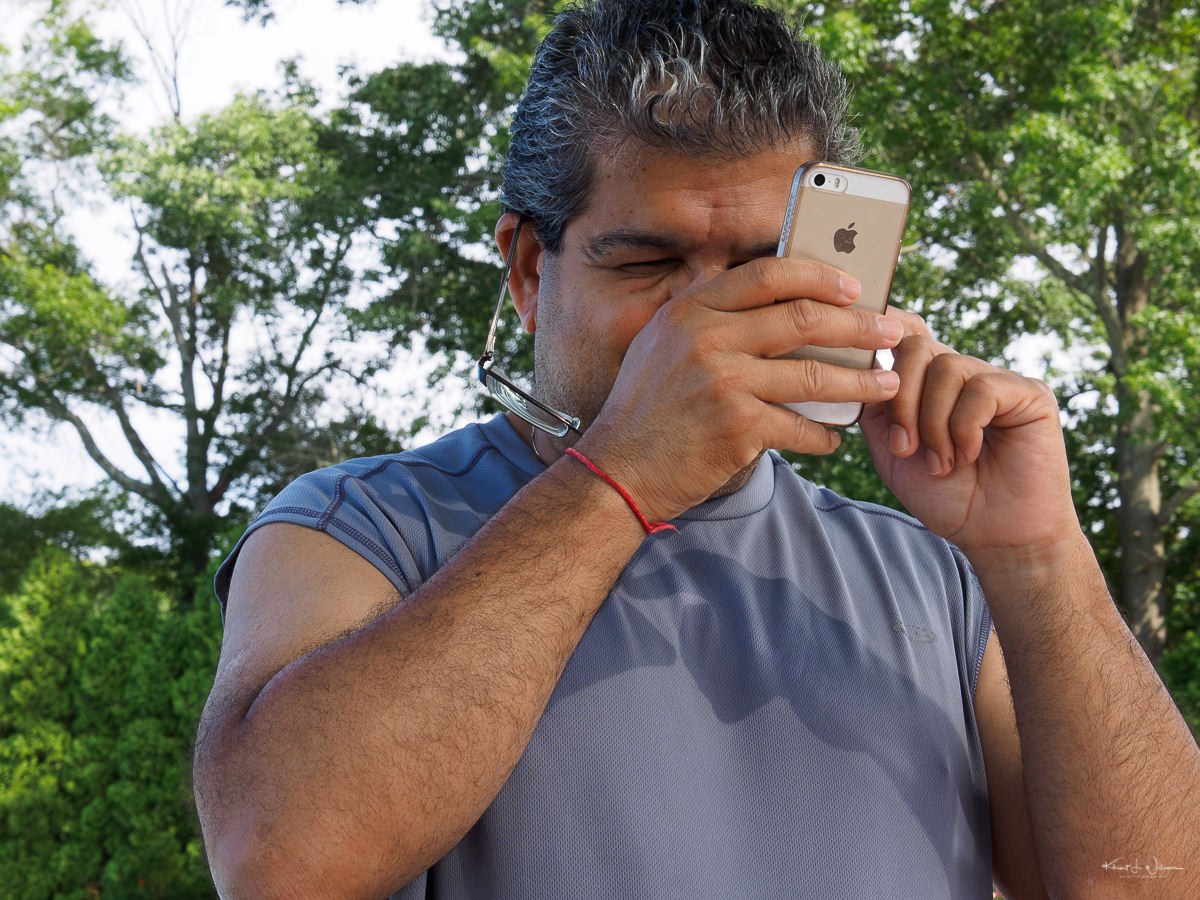
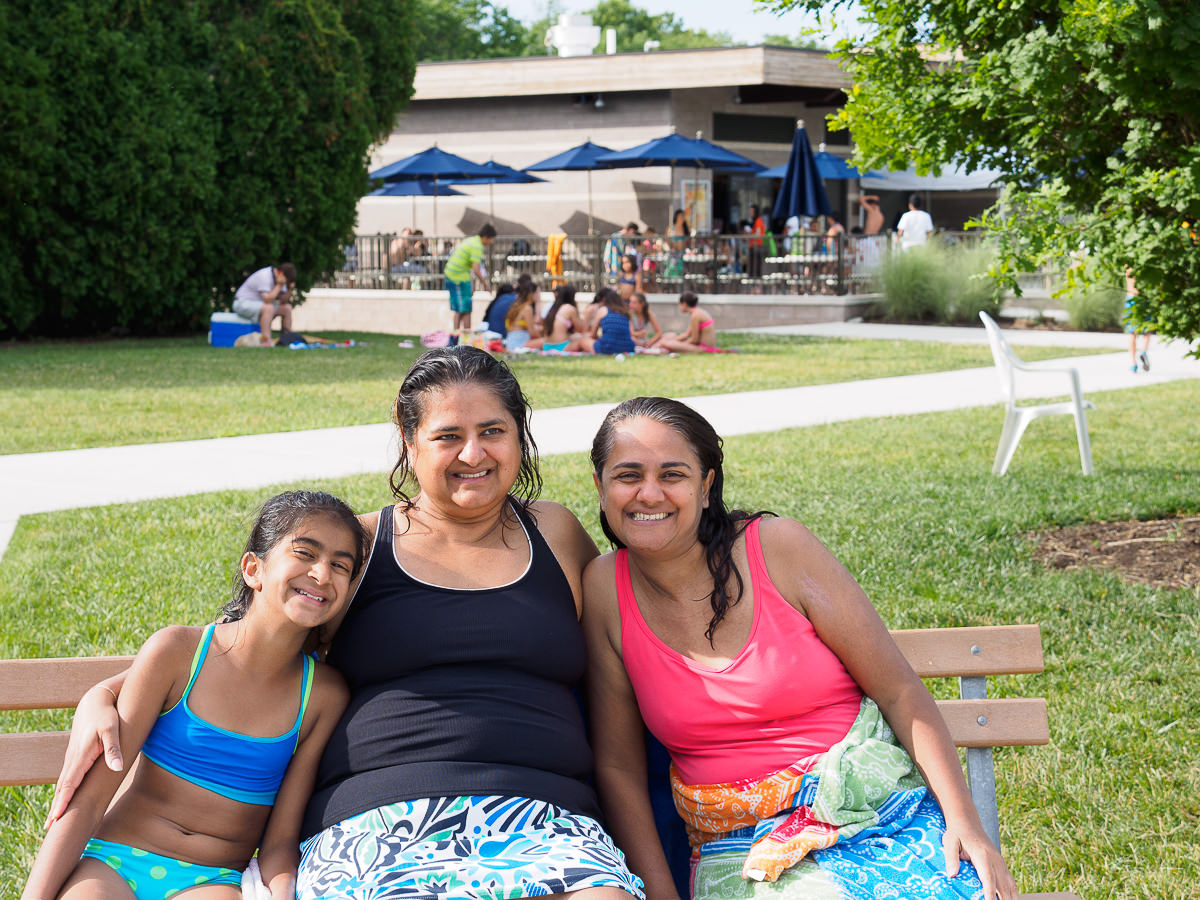

You don't need expensive equipment to take good fireworks photos. Most likely the camera you already have is good enough. But you do need a few things.
[exif id="27541"]
It's the US Independence Day time of year and most people are attending some sort of fireworks event. This week I will attend the Montgomery Township Fireworks at the high school in Skillman. I've shot fireworks for a few years and while my skill has improved over time, my technique has changed only a little.
 [exif id="14307"]
[exif id="14307"]
You don't need expensive equipment to take good fireworks photos. Most likely the camera you already have is enough. But you do need a few things. The basic camera kit for photographing fireworks is:
I use a Nikon D5100 and Nikkor 35mm f/1.8 for my most recent fireworks photography. However, in the past, I used a Nikon D40 and Nikkor 18-55mm f/3.4-5.6 kit lens. The lens you need will vary depending on framing you want for your photos and how far you are from the fireworks display. At 18mm I can include more of the surrounding scenery in my photo. If I am far from the fireworks display I can zoom in to fill my frame.
I was able to get the photos I wanted with my AF-S Nikkor 35mm f/1.8 DX lens because I already had experience shooting at the site. The camera model and brand used isn't important. What is important is that you can individually control the shutter speed, the aperture, and the ISO.
The tripod, however, is essential. To get the "dandelion" light trails effect you see in good fireworks photos, the camera shutter will need to be open for a long time. A tripod will help reduce camera shake that will cause blurring and ruin your photo. With the tripod is easy to adjust the height and placement of the camera. I have a Manfrotto tripod but any sturdy tripod will do, even the $15 items on Amazon.com.
A remote release is optional but will further help reduce camera shake. You'll be able to remote trigger the camera release. Instead of keeping a finger stuck to the camera trigger, you can sit back and fire away when you think the time is right.

I normally get to the site very early so that I can scope out a spot with a clear view of the fireworks. Scout the location. Try to image where the fireworks will be. Frame the location. Try to frame your image to include an foreground. You want to show from whence the fireworks came.
Depending on the site, you may want a high vantage point like the top of a building on hill.
Once you've framed your shot, setup you tripod and securely mount your camera.
Whichever camera and lens you are using, you'll need to control three aspects of the photograph. Shutter speed controls the amount of time the camera sensor is exposed to light. Originally most of my fireworks photos were shot with a shutter speed between two seconds and three seconds. As I gained more experience I realized that longer shutter speeds produced better results. I now set my shutter speed to between 8 and 20 seconds. Longer shutter speeds at smaller aperture allow me to capture multiple burst of light while retaining narrow lines of light.
A small aperture gives a wide depth of field which is important given than when shooting fireworks I won't often know where in the sky the action may happen. ISO on the other hand controls the sensitivity of the camera sensor to light. The lower the ISO the better. It reduces ISO noise1.
Switch everything -- focus, aperture, shutter speed -- to manual. Most of my fireworks are shot at ISO 100 at an aperture between f/11 and f/22 but f/16 is the sweet spot for me.
Be sure to disable noise reduction. It will slow you down. The in camera noise-reduction takes twice the time of the shutter speed to process an image. So a 10 second shutter speeds leads to 20 seconds of in-camera noise reduction. If you only take a photo every 30 seconds you'll miss the majority of the fireworks.
Focus the lens at some object in the distance where you expect the fireworks to be. If your lens has the markings the for focal point, set it to infinity. You can use autofocus to do this but I prefer manual focus. I sometimes use the live view and zoom into dial in the focus. You must set your focus point before it gets darks. Auto-focus will not work in the dark and you won't be able to see enough detail to use manual focus. In Montgomery Township, the fireworks are usually on the flat fields of the high school so I have an unobstructed view of the sky.
Once you've got the camera setup, leave it alone. Get a cold beverage. Relax.
Summer fireworks display typical start between 9PM and 9:30PM. Once the fireworks start turn on your camera and snap away. I trigger the remote release almost immediately after seeing the rocket launch. With a 10-15 second shutter between shots you have enough time, to capture multiple exposures of "bombs bursting in air".

You'll have lot's of opportunity to practice in the next few weeks.
